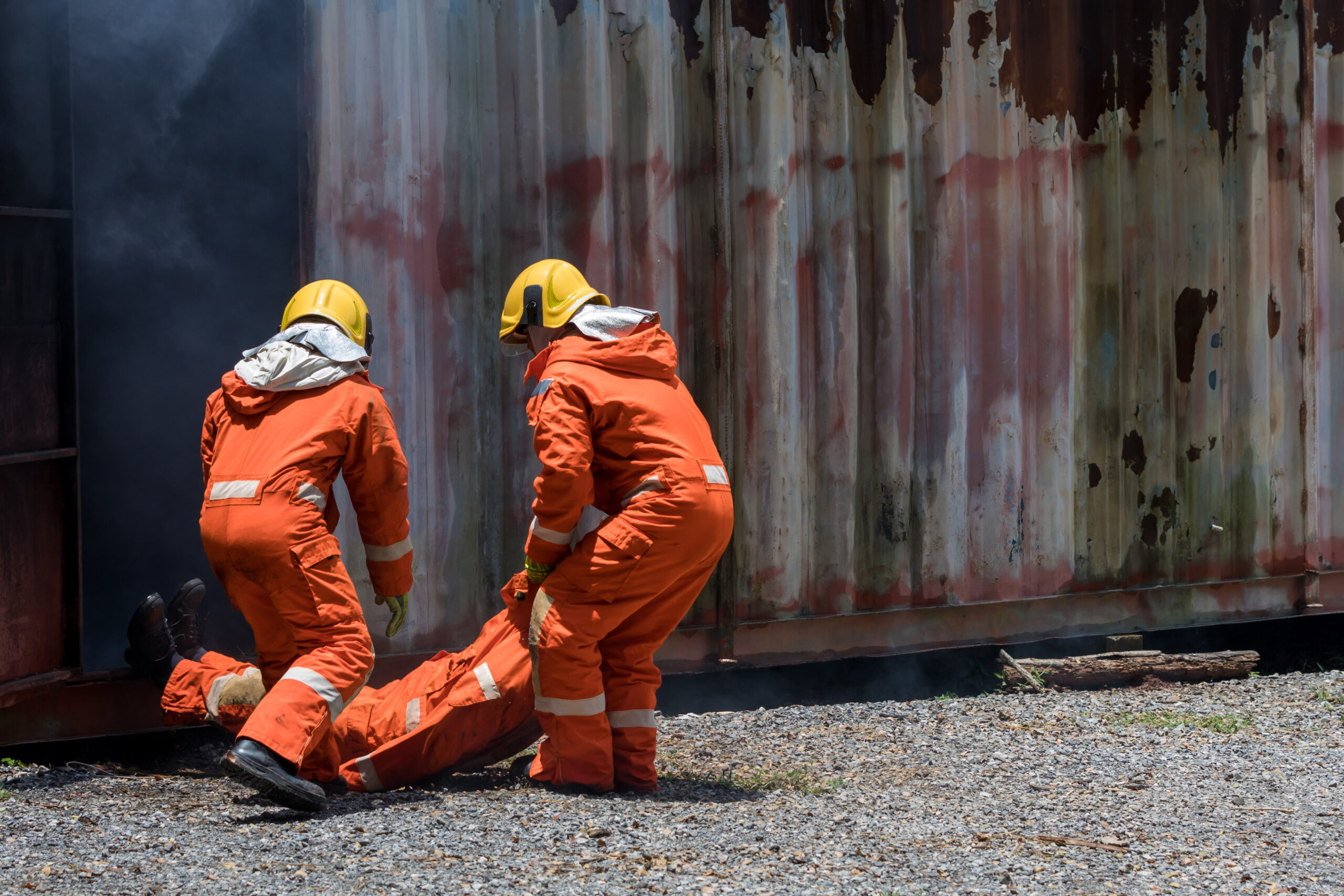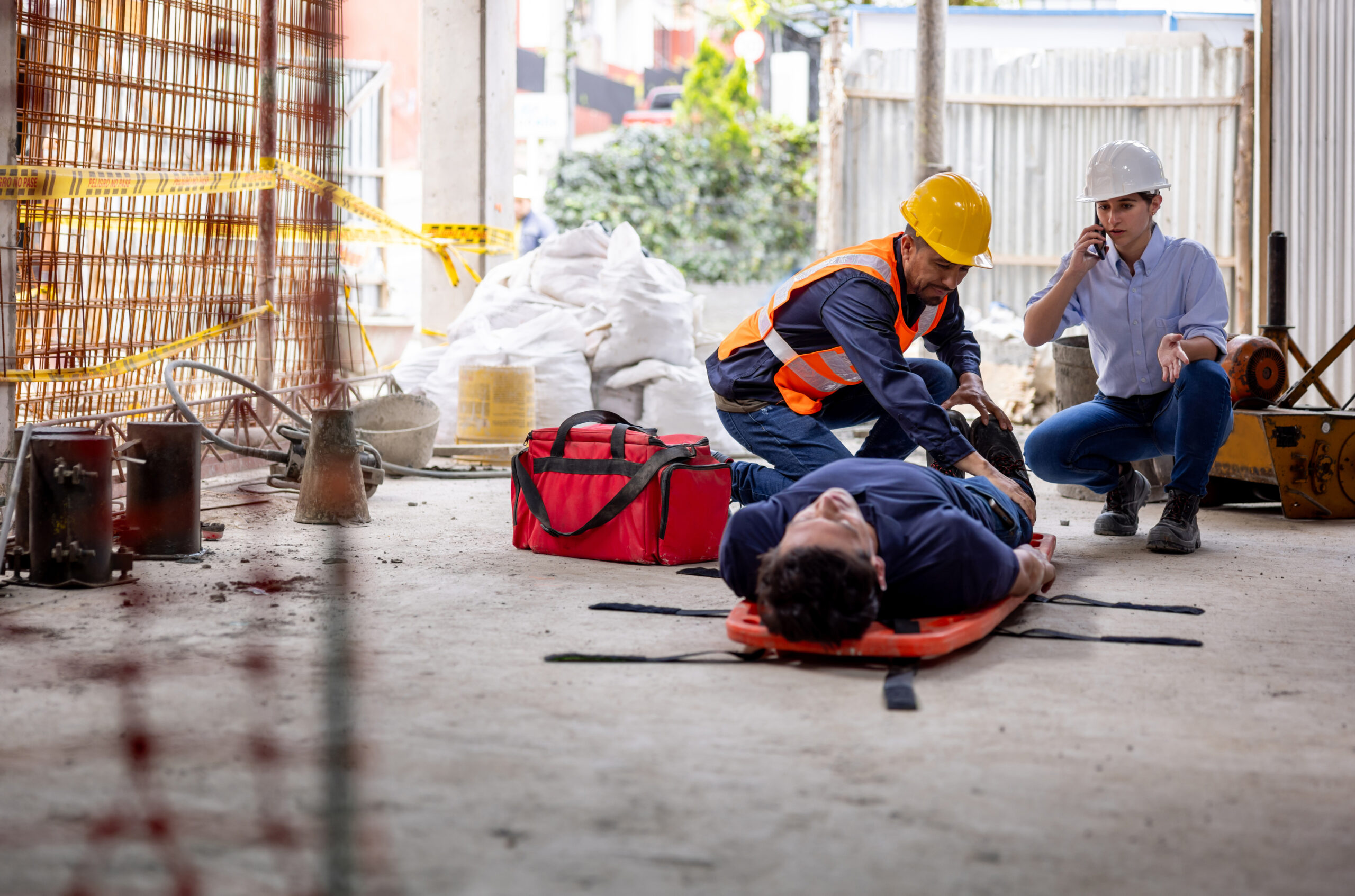Strengthening Communication and Trust to Protect Bilingual Construction Workers

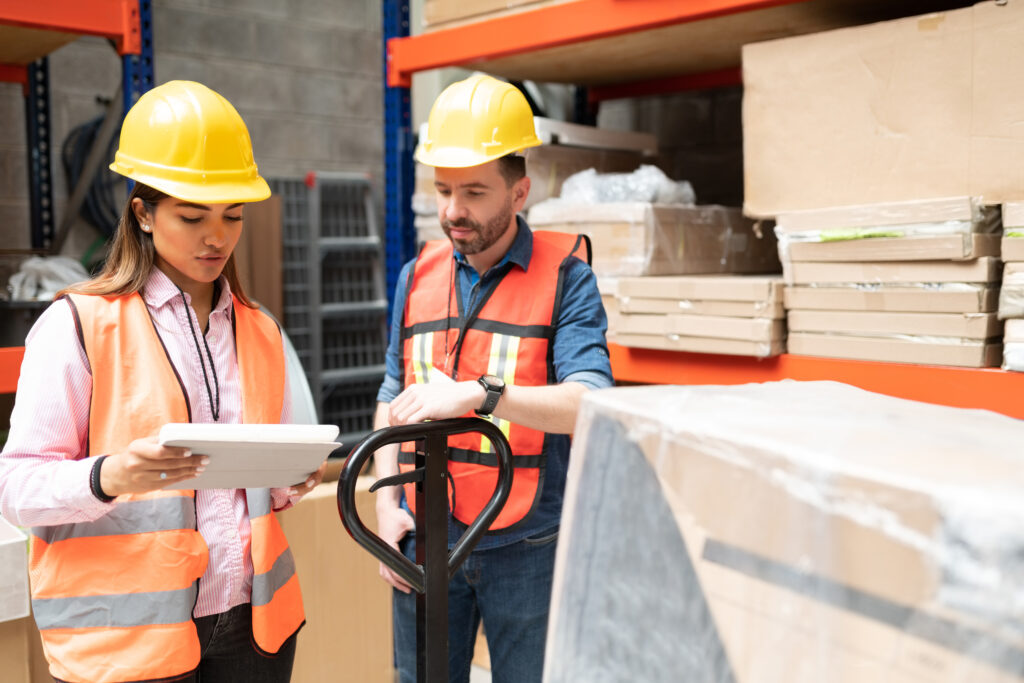
Language and cultural barriers continue to pose serious challenges to workplace safety in the U.S. construction industry, where Hispanic workers make up a large share of the workforce. Recent research highlights that enhancing communication practices—especially for Spanish-speaking employees—can be a crucial step in preventing injuries and cultivating a culture of trust.
A comprehensive study surveying 500 construction workers, 85% of whom identified as Hispanic, revealed troubling trends. Only about half of injured Hispanic workers reported their injuries or illnesses to a supervisor. This widespread underreporting not only leaves hazards uncorrected but also signals a lack of trust in leadership and fear of reprisal.
Further, many Hispanic workers reported feeling dismissed on the job. Over half of Spanish-speaking respondents and nearly two-thirds of their English-speaking counterparts reported being ignored or not taken seriously by a foreperson at least weekly or several times a month. These perceptions can deter workers from speaking up about unsafe conditions or sharing ideas for improvement, ultimately putting everyone on site at risk.
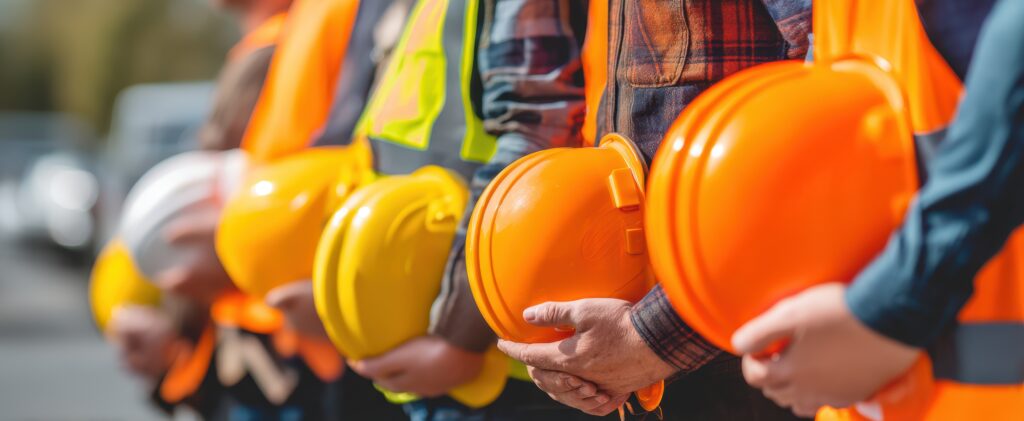
Key Strategies to Bridge Communication Gaps
To address these issues, researchers recommend a set of practical measures:
- Bilingual Supervisors
Whenever possible, companies should place bilingual individuals—ideally in supervisory positions—on each team. When a foreman or crew leader can communicate fluently with Spanish-speaking workers, critical instructions are clearer, and misunderstandings are reduced. - Real-Time Interpretation and Visual Cues
Safety briefings and meetings should be conducted in both English and Spanish to ensure comprehension. Some companies have found success identifying bilingual worker-translators by using special hard hat stickers or helmets in distinct colors so everyone knows whom to approach with questions. - Cultural Competence Training
Supervisors should be trained to recognize cultural dynamics that can influence communication. For example, Hispanic workers may nod in agreement out of politeness even if they don’t fully understand directions. Leaders who are aware of this tendency can check in to confirm comprehension and invite questions in a non-threatening way. - Accessible Written Materials
All safety-critical documents—from manuals and signage to reporting forms—should be available in both English and Spanish. Without translated materials, workers may be left without the information needed to perform their jobs safely. - Inclusive Safety Committees
Establishing worker-led safety committees conducted in employees’ preferred languages can provide a platform for raising concerns, proposing solutions, and collaborating on improvements without fear of judgment. - Employee Engagement
Engaging workers directly in designing safety policies can help build a sense of ownership and accountability. When employees have input, they’re more likely to follow procedures and advocate for safer practices.

Respecting Cultural Values While Encouraging Dialogue
In many Hispanic cultures, respect for authority and an aversion to conflict can lead workers to remain silent even when they see problems. To counteract this, training programs should help supervisors understand how to encourage open dialogue and reassure employees that raising concerns is a sign of commitment, not insubordination.
Benefits Beyond Compliance
While compliance with regulations is essential, researchers emphasize that building a culture of inclusion and respect can also deliver broader benefits. Improved communication and cultural awareness can reduce costly injuries, lower turnover, enhance productivity, and strengthen overall morale.
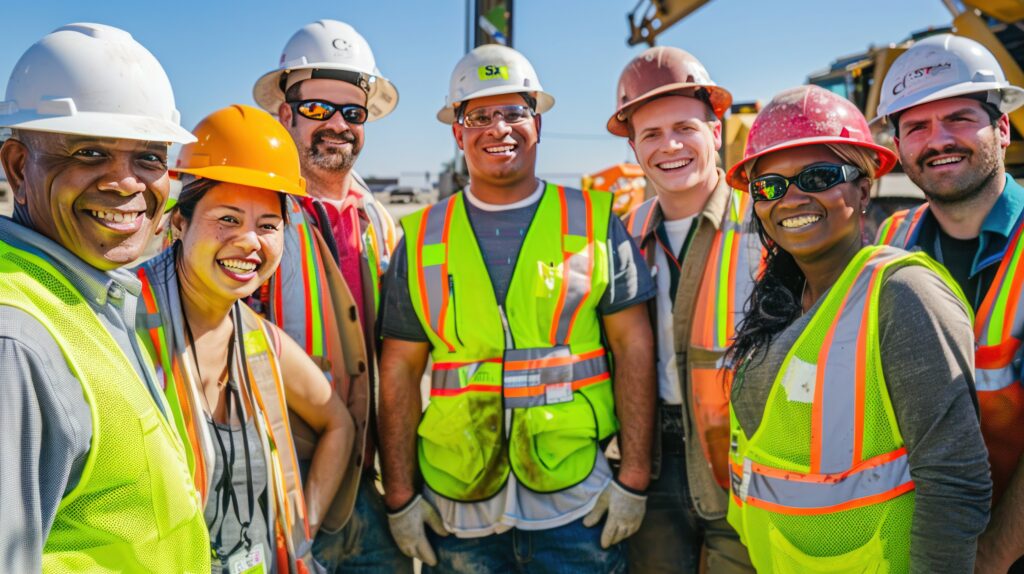
A Call to Action for Employers
Companies seeking to improve their practices can begin by assessing their current environment:
- Are safety meetings conducted in languages all workers understand?
- Do supervisors receive training on cultural awareness?
- Are clear, safe processes in place for reporting hazards or incidents?
- Do employees feel they can raise issues without retaliation?
By proactively addressing these questions, construction employers can foster workplaces where all employees feel heard and valued, conditions that are essential for lasting safety improvements.
Building trust and bridging language divides are not just best practices—they’re essential investments in the well-being of a diverse workforce and the long-term success of any construction business.
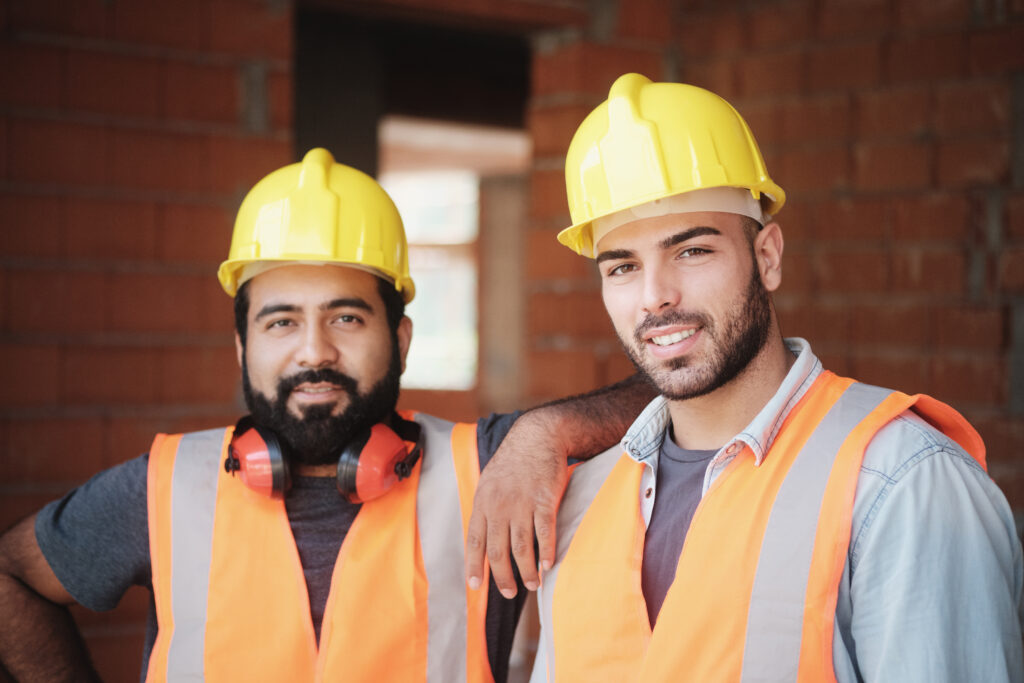
Blog Posts
Latest Posts
Related Posts


